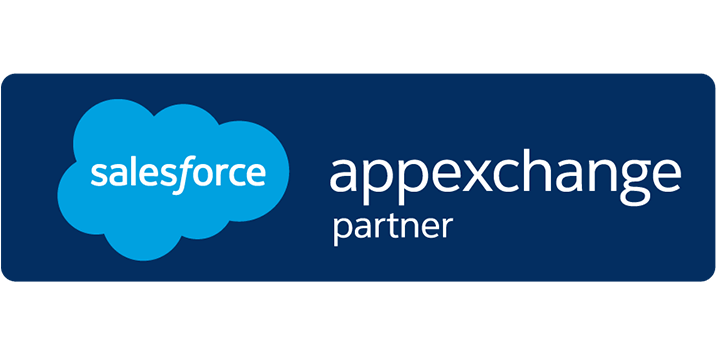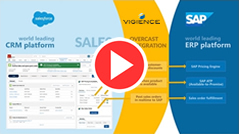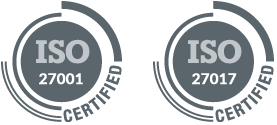Business Process Insights
Best-of-Breed or All-in-One Solutions? The best approach in 2023
In today’s business landscape, technology is essential for companies to remain competitive and thrive. When it comes to software, companies have two options: an all-in-one solution or a best-of-breed approach. In this blog post, we’ll explore the pros and cons of a best-of-breed software landscape for companies, particularly to meet their enterprise resource planning (ERP) and customer relationship management (CRM) needs.
First, let’s define what we mean by best-of-breed software. Best-of-breed refers to a software landscape where companies use specialized software from various vendors to perform specific functions rather than a single, all-in-one software solution that covers multiple functions.
Pros of a Best-of-Breed Software Landscape
- Specialized Functionality: One of the most significant advantages of a best-of-breed software approach is that it allows companies to choose specialized software solutions, each tailored to their specific needs. This approach means that companies can hand-select software with the robust functionality to manage specific business processes and challenges.
- Flexibility and Scalability: Best-of-breed software solutions offer more flexibility and scalability. Without being tied to a single vendor, companies can choose to add or remove software solutions as their needs change. This flexibility allows companies to adapt and change their software landscape to meet evolving business needs.
- Cost Savings: In some cases, a best-of-breed approach can lead to cost savings. Since companies are not tied to a single vendor, they can choose scalable software solutions that are priced competitively and get the best value for their money.
Cons of a Best-of-Breed Software Landscape
- Integration Challenges: One of the main challenges of a best-of-breed software approach is integrating multiple software solutions. Since each software solution may have a different API and data format, integrating them can be complex and time-consuming, potentially leading to errors, data inconsistencies, and increased costs.
- Support and Maintenance: Another disadvantage of a best-of-breed approach is the need for support and maintenance of multiple software solutions. Companies must manage relationships with multiple vendors and ensure that each software solution is functioning correctly. This can be time-consuming and require additional resources.
- Complexity: A best-of-breed approach can lead to increased complexity in the software landscape. With multiple software solutions, companies must manage different interfaces, dashboards, and workflows, which can sometimes be confusing for users.
SAP offers an all-in-one ERP solution that covers a wide range of business functions including finance, human resources, supply chain management, and more. SAP’s ERP solution, which in the latest release is called S/4HANA, provides a unified platform for companies to manage their business processes and data in one place. This approach simplifies the software landscape and reduces the need for integration, support, and maintenance of multiple software solutions. SAP also offers a cloud-based CRM solution called SAP Sales Cloud to manage all customer relationships.
Salesforce offers a customer relationship management (CRM) solution that is widely used by companies to manage their customer interactions and sales processes. Salesforce does not offer an ERP solution, but companies can integrate Salesforce with SAP’s ERP to create a best-of-breed approach that maintains the specialized functionality of both CRM and ERP solutions. This type of integration allows companies to leverage the strengths of both solutions and create a more comprehensive software landscape to manage unique and evolving needs.
Vigience Overcast can be leveraged to eliminate the disadvantages of this best-of-breed approach, as the integration between Salesforce and SAP ERP or SAP S/4HANA can be implemented in a matter of days thanks to more than 100 predefined business integrations. Overcast is meta-data driven and has zero SAP footprint, which limits—and often eliminates—the need for any custom development. Overcast is a robust, constantly improving solution built on top of the more than 30 000 public APIs from SAP (BAPIs, RFCs, SOAP- and OData-Web Services).
More and more organizations are choosing the best-of-breed combination of Salesforce (as the system of engagement), Overcast (as the integration platform), and SAP (as the system of record) to secure a competitive advantage by more fully integrating processes and ensuring their users can be more productive.
Conclusion
A best-of-breed software landscape based on Salesforce and SAP offers several advantages, including specialized functionality, flexibility, and cost savings. Vigience Overcast enables this landscape by eliminating the challenge of integrating multiple software solutions and reducing the complexity of running and connecting multiple systems.
SAP’s single, all-in-one solution for ERP and CRM offers a simplified software landscape that reduces integration, support, and maintenance challenges, but it comes at the cost of a less user-friendly front end and a higher dependency on a single vendor.
Ultimately, the decision to adopt a best-of-breed or all-in-one approach will depend on a company’s specific business needs. To discuss the right approach for your organization, please get in touch with us.
AUTHOR

Alexander Ilg








